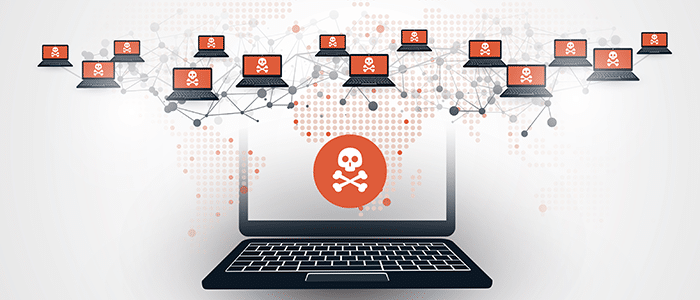Cybersecurity Policies Prevent Cybercrime
Formulating strong cybersecurity policies and laying down cybersecurity best practices for your staff to follow is one of the best ways to prevent your business from becoming a victim of cybercrime. This blog explores the various areas your IT policy should ideally cover. Since shifting to remote work, cybersecurity attacks have increased exponentially, costing businesses millions. According to an IBM 2020 Report, it takes a company an average of 280 days to identify and contain the attack.
Many Colorado Springs and Denver companies don’t worry about the risk because they don’t think their data is valuable. But unfortunately, not having cybersecurity measures in place, ends up costing them more than they would have spent if they had invested in a preventative cybersecurity plan. So the question is, how do you write a policy that is actionable and effective in protecting your business from rising cybercrime and complex cyber threats?
What is a cybersecurity policy?
A cybersecurity policy is a written document that contains behavioral and technical guidelines for employees. The purpose is to ensure maximum protection from cybersecurity incidents and ransomware attacks. the cybersecurity policy contains information about your company’s security policies, procedures, technological safeguards, and operations countermeasures.
What does a cybersecurity policy contain?
As a company providing cybersecurity services, we know from experience that cybersecurity policies can be different depending on the organization. They can vary based on the type of organization, the nature of your business, the operational model, the scale, and more.
Examples of cybersecurity policies:
- Acceptable use policy (AUP)
- Access control policy
- Business continuity plan
- Data breach response policy
- Disaster recovery plan
- Remote access policy
Ways to strengthen your cybersecurity policies
Strong passwords
Your IT policy should cover
- Rules regarding password setting
- Password best practices
- The implications of password sharing
- Corrective actions that will be taken in the event the password policy is not followed
Personal devices
Rules regarding the usage of personal devices at work or for work purposes.
Answer questions like:
Are all employees allowed to use personal devices for work or do you want to limit it to those handling lesser sensitive data, or to those higher in the corporate hierarchy as you assume they will need to be available 24/7? Regardless, you should spell out the regulations that they must follow. For example, requiring a weekly or monthly check for malware and updates to anti-malware software, etc.
If only certain kinds of devices, software, or operating systems may be approved as they are presumed to be more secure, then that should be addressed in the policy.
Discuss best practices and educate your employees on the risks related to connecting to open internet connections (Free WiFi) such as the ones offered at malls or airports.
Cybersecurity measures
Document the cybersecurity measures that you have in place for your business. This should include your digital measures such as the software you have deployed to keep malware out–like anti-virus tools, firewalls, etc., and also the physical measures such as CCTV systems, biometric access controls, and more.
Another example of good practices is how you handle employee turnover. When someone quits your organization or has changed positions, how is the access issue addressed? Spell out the rules and regulations regarding the removal of a user from the network, changing passwords, and limiting access.

